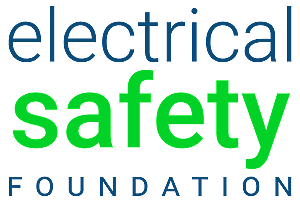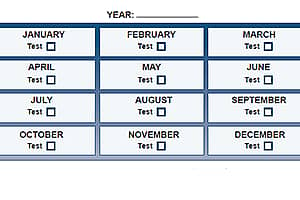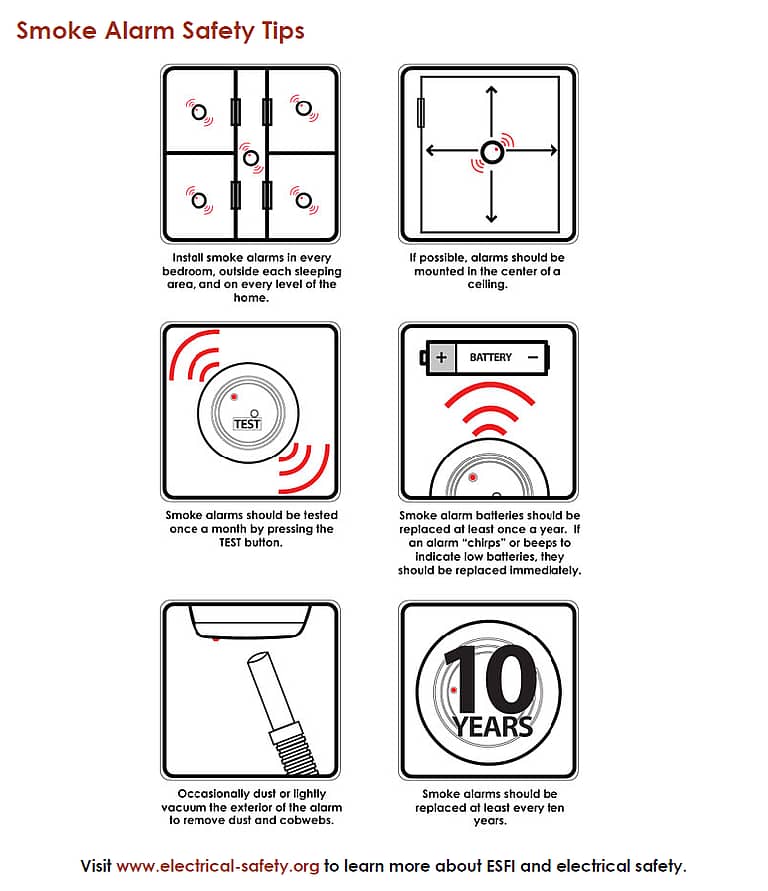Carbon monoxide (CO) is a poisonous gas that is created when common fuels such as natural gas, oil, wood or coal burn incompletely. This odorless, colorless, tasteless gas is often called the “silent killer” because it is virtually undetectable without the use of detection technology like a CO alarm.
Carbon Monoxide Statistics
- On average, about 170 people die every year from CO produced by nonautomotive consumer products.
- Despite the fact that CO alarms are simple to install and provide an early warning of the dangerous presence of carbon monoxide, an estimated 70% of U.S. homes are not protected by a working CO alarm.
- In 2005, fire departments responded to an estimated 61,100 non-fire calls where carbon monoxide was found.
- Carbon monoxide can result from fuel-burning heating and cooking appliances, portable generators, water heaters, clothes dryers, or cars left running in enclosed areas.
- The dangers of CO exposure vary depending upon a number of factors, including the victim’s overall state of health and activity level during exposure.
- A person can be poisoned by a small amount of CO over a longer period of time or by a large amount of CO over a shorter amount of time.
- Lower concentrations of CO may more severely affect infants, pregnant women, and people with conditions that limit their body’s ability to use oxygen such as emphysema, asthma or heart disease.
- Symptoms of carbon monoxide poisoning may include fatigue, shortness of breath, drowsiness, headache, and nausea.
- Extremely high levels of carbon monoxide poisoning can be fatal within minutes.
Reducing the Risk of Carbon Monoxide Poisoning
- Have your chimney inspected by a professional every year.
- Be sure to open the damper for proper ventilation when using your fireplace.
- Make sure appliances are installed and operated according the manufacturer’s instructions and applicable local codes.
- Fuel-burning heating appliances should be inspected and serviced by a certified, licensed professional every year.
- Never use your oven, range, stovetop or clothes dryer to provide heat for your home.
- Never use barbecue grills (gas or charcoal) inside your home or garage.
- Only use portable generators outside in well-ventilated areas away from windows and doors. Never use a portable generator in any part of your home.
- If you will be using a portable generator outside your home, be sure to install battery-operated CO alarms or plug-in CO alarms with a battery backup inside the home.
- Only use battery powered lights in tents and recreational vehicles like trailers, motor homes and boats.
- Never use fuel-burning camping equipment inside an enclosed space.
- Keep dryer, furnace, stove and fireplace vents clear of snow during and after snowstorms.
- Check to make sure that your vehicle tailpipe is not blocked by snow or ice.
- Never run a vehicle inside a garage, even if the garage doors are open. Remove the vehicle immediately after starting it.







